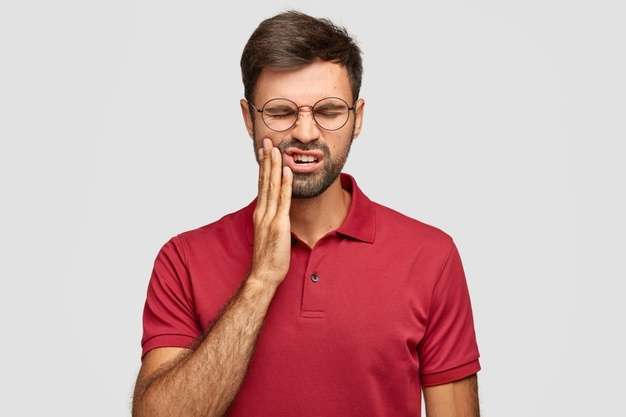conditions-we-treat
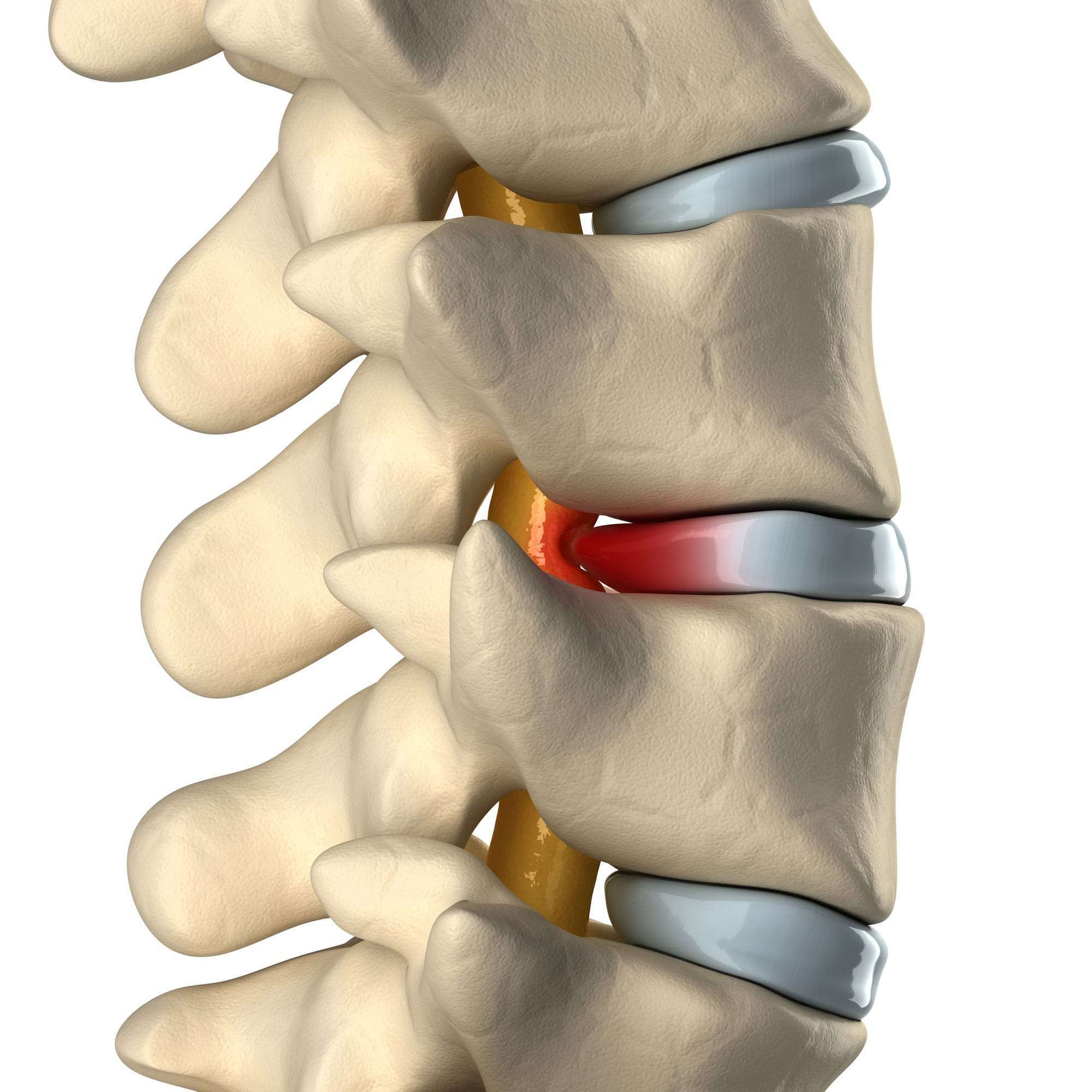
Disc Prolapse
When you have a ‘slipped’ disc, a disc does not actually slip. A prolapsed disc occurs when the outer fibres of the intervertebral disc are injured
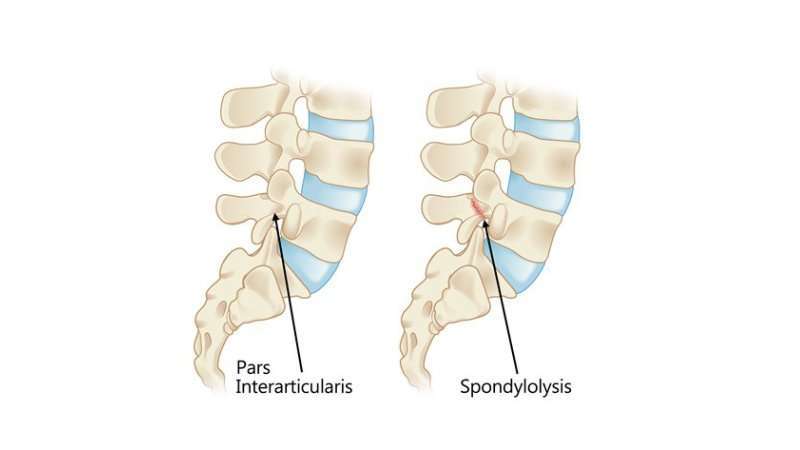
Spondylosis
Your spine is a column made of 33 bones called vertebrae. Cushion-like pads called discs are tucked between most vertebrae, which protects the spine and makes it flexible.
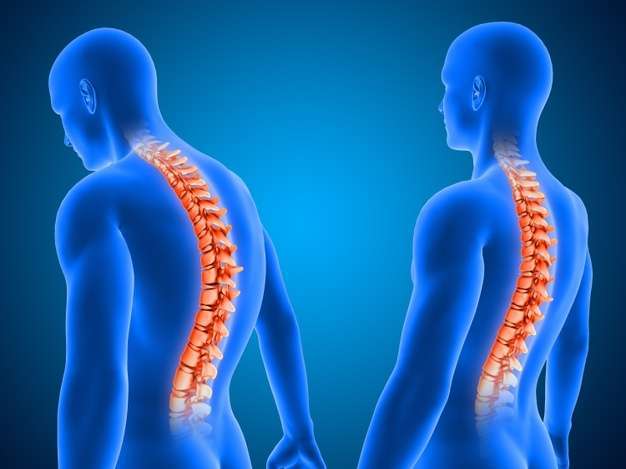
Spondylolisthesis
Spondylolisthesis is a condition involving spine instability, which means the vertebrae move more than they should.

Ligaments Injury
Ligaments support and strengthen joints. Their main function is to keep the bones of the skeleton in proper alignment and prevent abnormal movements of the joints.
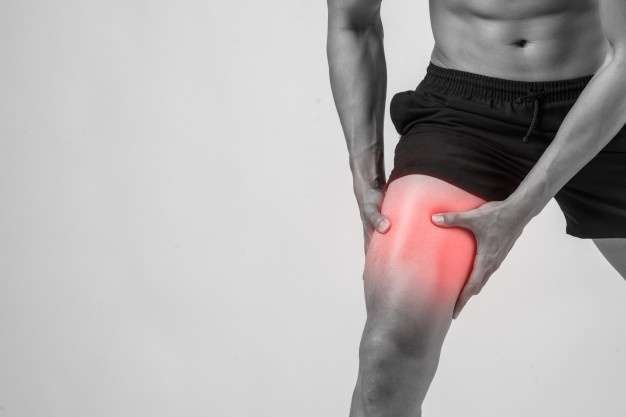
Muscle Injury
A muscle is surrounded by an outer sheath that allows it to move smoothly over the surrounding tissues as it contracts.
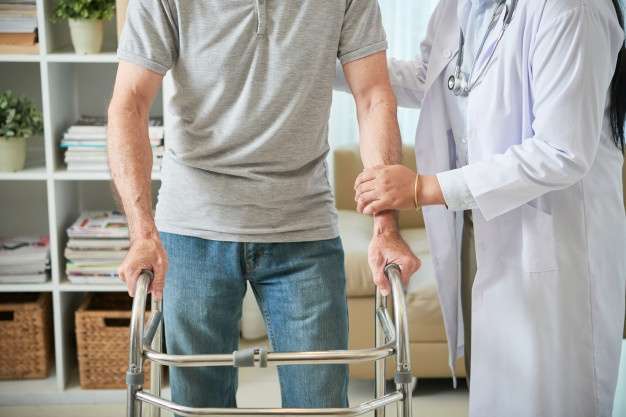
Nerve Injury and Rehabilitation
Peripheral nerves send messages from your brain and spinal cord to the rest of your body, helping you do things such as sensing that your feet are cold and moving your muscles so that you can walk.

Shoulder Pain
The shoulder is a ball-and-socket joint that has three main bones: the humerus (long arm bone), the clavicle (collarbone), and the scapula (also known as the shoulder blade).

Elbow Pain
The elbow is the joint connecting the upper arm to the forearm. It is classed as a hinge-type synovial joint.
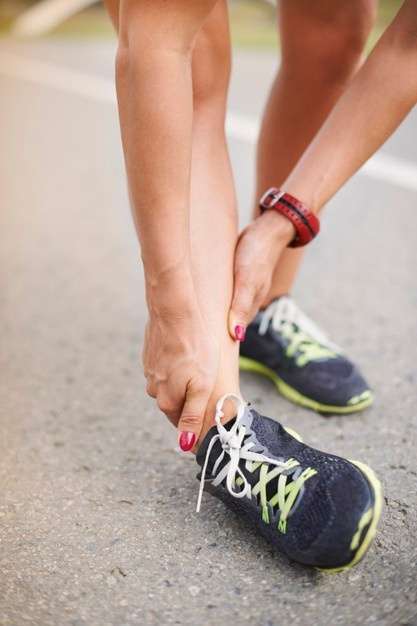
Ankle Pain
Ankle pain refers to any kind of pain or discomfort affecting any part of the ankle.
Most people experience pain in and around their feet or ankles at some point in their lives.
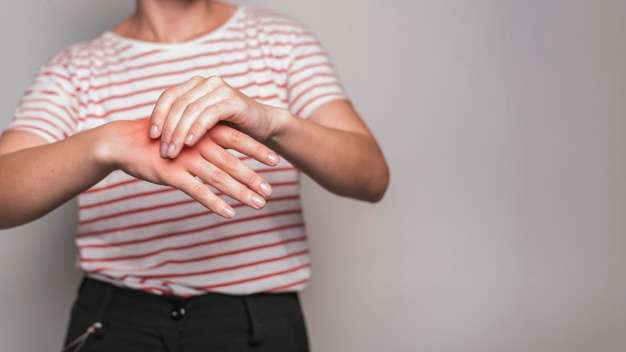
Wrist Pain
There are 27 small bones that make up each hand and wrist. Eight of those bones are in your wrist. Each finger has three bones, and the thumb has two.

Osteoarthritis
Osteoarthritis is the most common form of arthritis, affecting millions of people worldwide. It occurs when the protective cartilage that cushions the ends of the bones wears down over time.

Rheumatoid Arthritis
Rheumatoid arthritis is a chronic inflammatory disorder that can affect more than just your joints. In some people, the condition can damage a wide variety of body systems

Bell's Palsy
Bell’s palsy, also known as acute peripheral facial palsy of unknown cause, can occur at any age. With Bell’s palsy, your face droops on one side or, rarely, both sides.
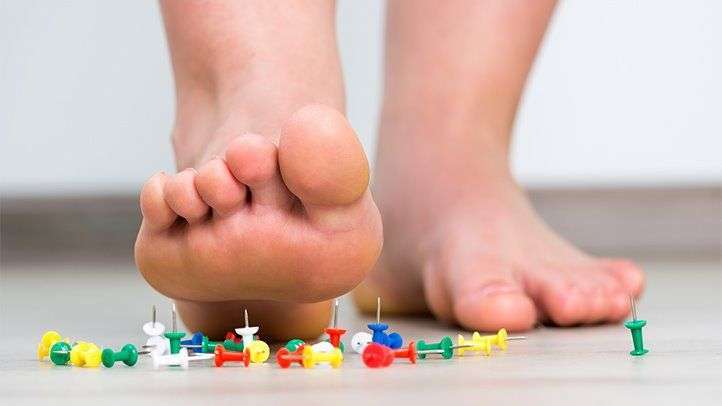
Peripheral Neuropathy
The peripheral nerves make up an intricate network that connects the brain and spinal cord to the muscles, skin, and internal organs.
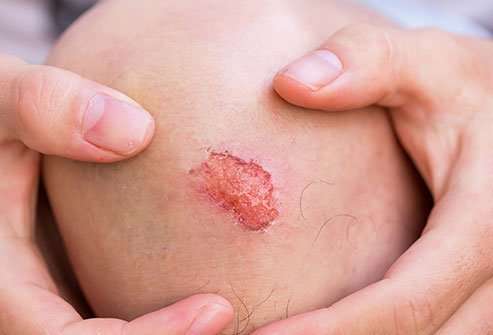
Wound & Ulcers
Wound, a break in the continuity of any bodily tissue due to violence, where violence is understood to encompass any action of external agency
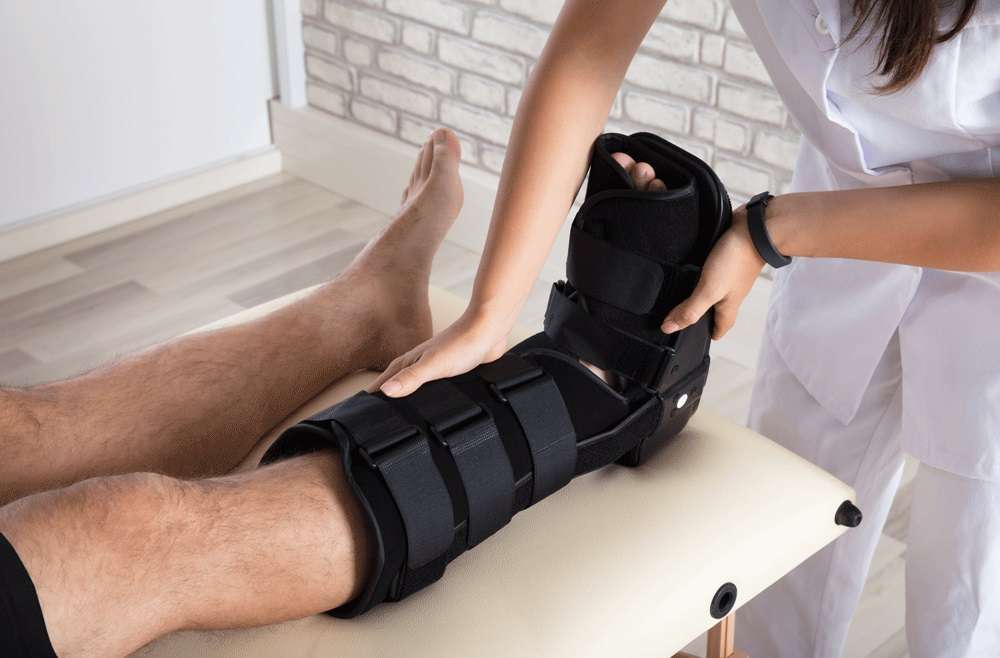
Post Traumatic Rehabilitation
Trauma can be defined as a deep stress and disturbance in humans caused by physical injury or by any mental disorder.
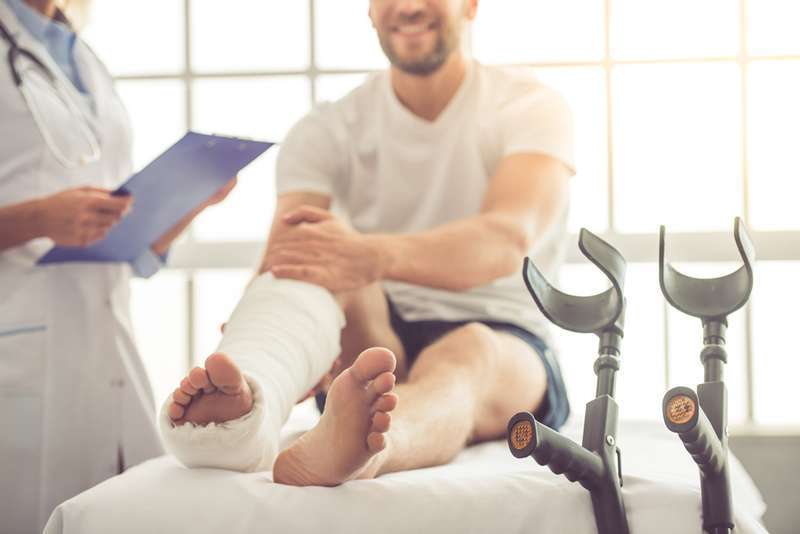
Pre and Post Surgery Rehabilitation
The Road to recovery doesn't have to wait until after surgery. In fact, two aspects of the surgical experience critical to achieving a successful recovery are pre- and post-operative rehabilitation.

Post Covid Rehabilitation
COVID-19 creates significant challenges for rehabilitation services around the world. Rehabilitation services are consistently amongst the health services most severely disrupted by the pandemic.
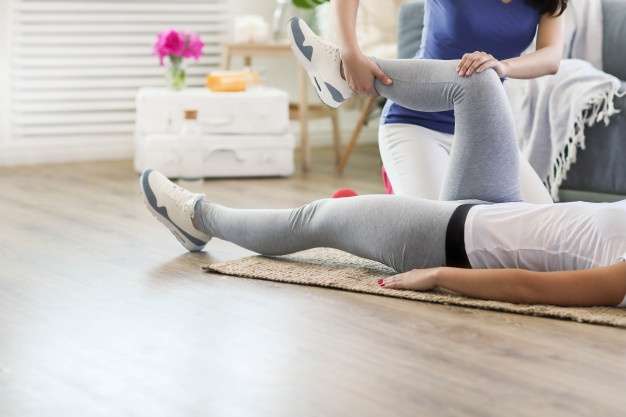
Sports Rehabilitation
Rehabilitation is the restoration of optimal form (anatomy) and function (physiology). Musculoskeletal injuries can have immediate and significant detrimental effects on function.
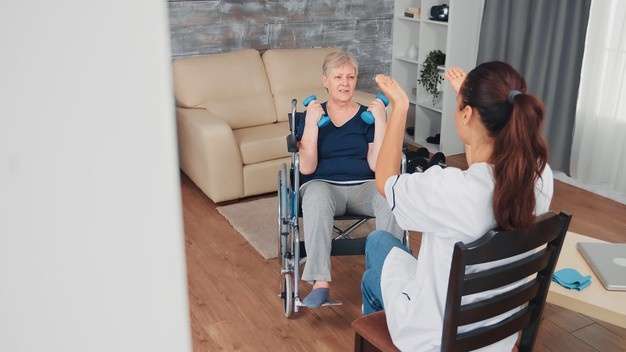
Geriatric Rehabilitation
Rehabilitation is an essential part of universal health coverage along with promotion of good health, prevention of disease, treatment and palliative care.

Women's Health
Women, who are key in maintaining healthy families, access the health system more than men, both for themselves and on behalf of their children.

Posture and Ergonomic
Posture is the way that you hold your body at any given moment, whether sitting, standing, or being active.

Stress and Depression
Stress is a normal reaction the body has when changes occur, resulting in physical, emotional and intellectual responses.

Weight Loss
Obesity is currently one of the world’s biggest health problems. Obesity is a daily struggle for the rest of one’s life.

Weight Gain
Being underweight is defined as having a body mass index (BMI) below 18.5. This is estimated to be less than the body mass needed to sustain optimal health.





